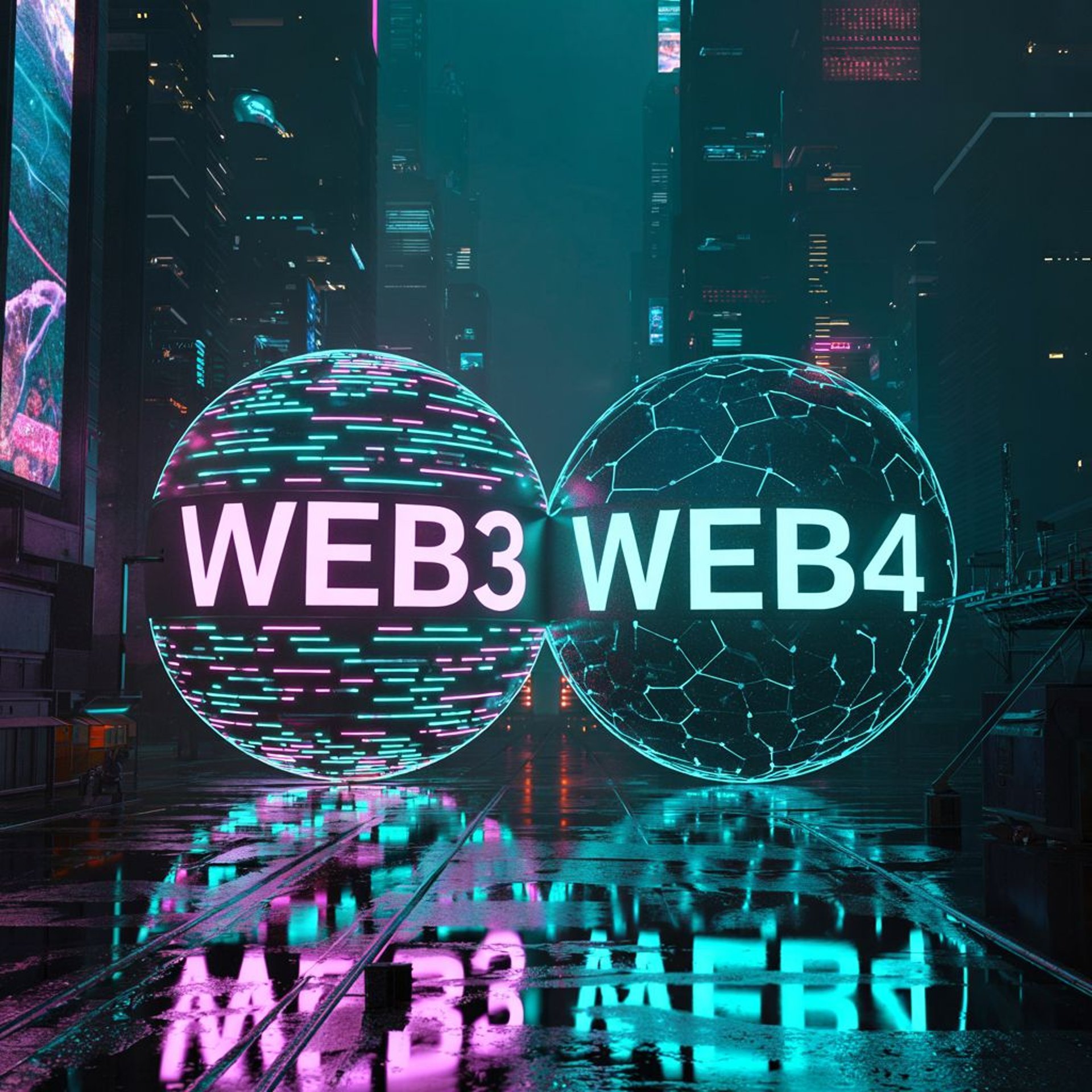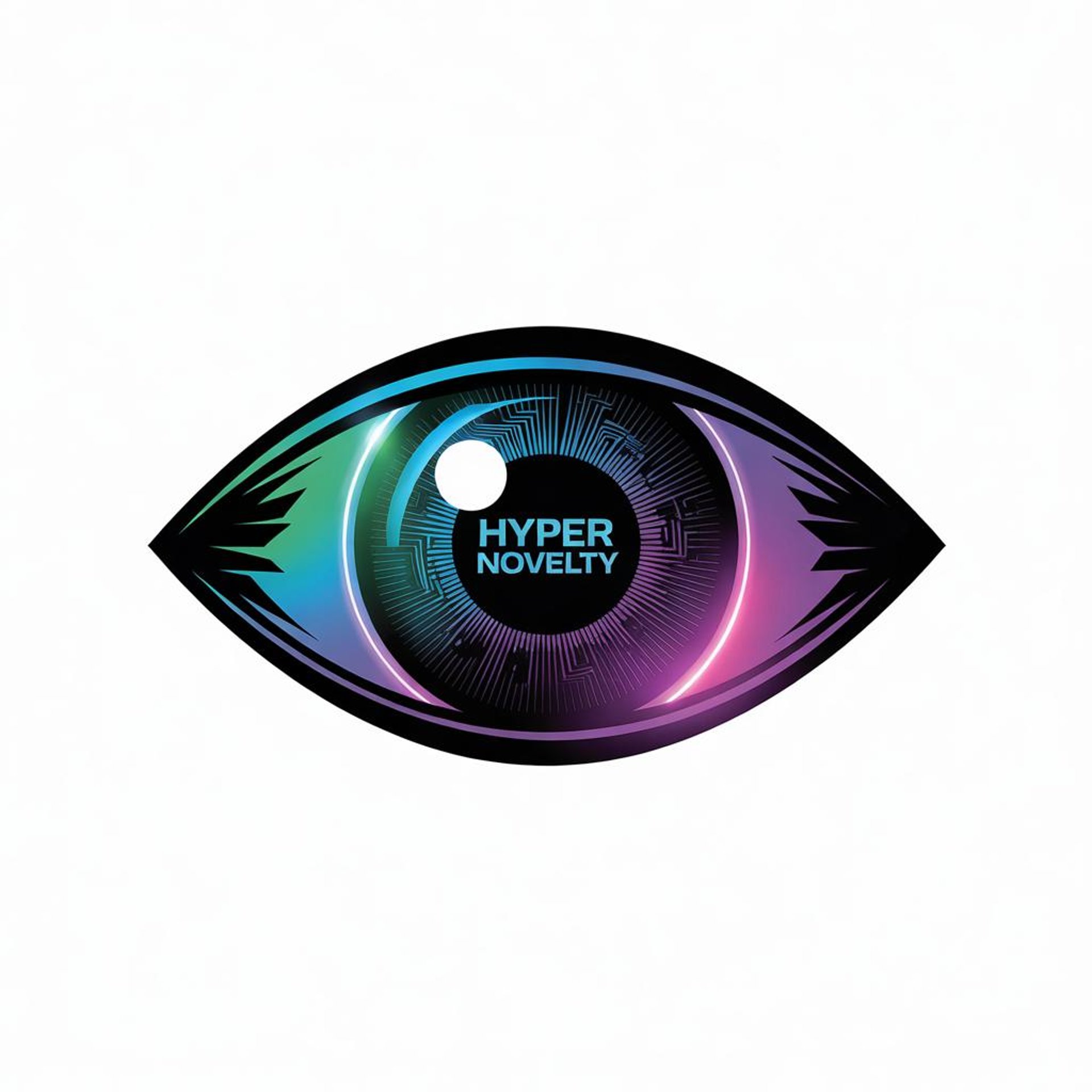

What is Web3?
Web3, often referred to as the decentralized web, is the next generation of the internet built on blockchain technology. It aims to give users more control over their data, identity, and online interactions by decentralizing power away from big tech companies and centralized institutions.
Key Features of Web3
Decentralization: Uses blockchain to distribute data and services across a network of nodes, removing reliance on central servers.
Ownership of Data: Users own and control their data instead of giving it to platforms like Facebook or Google.
Smart Contracts: Self-executing contracts with terms directly written into code, eliminating the need for intermediaries.
Cryptocurrencies: Native digital currencies like Ethereum (ETH) enable seamless, decentralized financial transactions.
Interoperability: Apps and platforms can interact with each other seamlessly, creating a more connected ecosystem.
Decentralized Applications (dApps): Applications run on blockchain networks, ensuring transparency and security.
Origins and Evolution of Web3
Web 1.0 (1990s): This was the early static web, where users could only consume content (read-only). Websites were simple and non-interactive.
Web 2.0 (2000s): The rise of social media, dynamic websites, and user-generated content (read-write). Platforms like YouTube, Facebook, and Twitter thrived but centralized control led to privacy concerns.
Web3 (2014 onward): The term "Web3" was popularized by Gavin Wood, co-founder of Ethereum, in 2014. It emerged as a reaction to the centralized nature of Web 2.0, aiming to provide a decentralized internet where users regain control.
Applications of Web3
Decentralized finance (DeFi) applications like Uniswap or Aave.
Non-fungible tokens (NFTs) for digital ownership.
Decentralized autonomous organizations (DAOs) for collaborative governance.
What is Web4?
Web4 (also referred to as Web 4.0) is still a speculative concept, but it envisions the symbiotic web, where humans and machines interact seamlessly in real-time, powered by advanced technologies like AI, IoT (Internet of Things), and brain-computer interfaces.
Key Features of Web4
Human-Machine Interaction: Devices and systems become extensions of the human mind and body.
Ubiquitous Connectivity: Everything is connected—smart homes, wearables, autonomous vehicles, and more.
Artificial Intelligence: AI systems predict and respond to human needs in real-time.
Integration of Physical and Digital Worlds: Augmented reality (AR), virtual reality (VR), and brain-computer interfaces blur the lines between online and offline experiences.
Personalized Digital Assistants: AI-powered assistants evolve into highly intelligent entities capable of understanding emotions and context.
Origins and Speculation
While Web3 is decentralized and blockchain-based, Web4 is imagined as the next step in human-machine collaboration.
Futurists and technologists speculate that Web4 will emerge as AI, IoT, and neural technologies converge.
The timeline for Web4 is not concrete, but its foundation is being laid through advancements in machine learning and brain-computer interface research.

